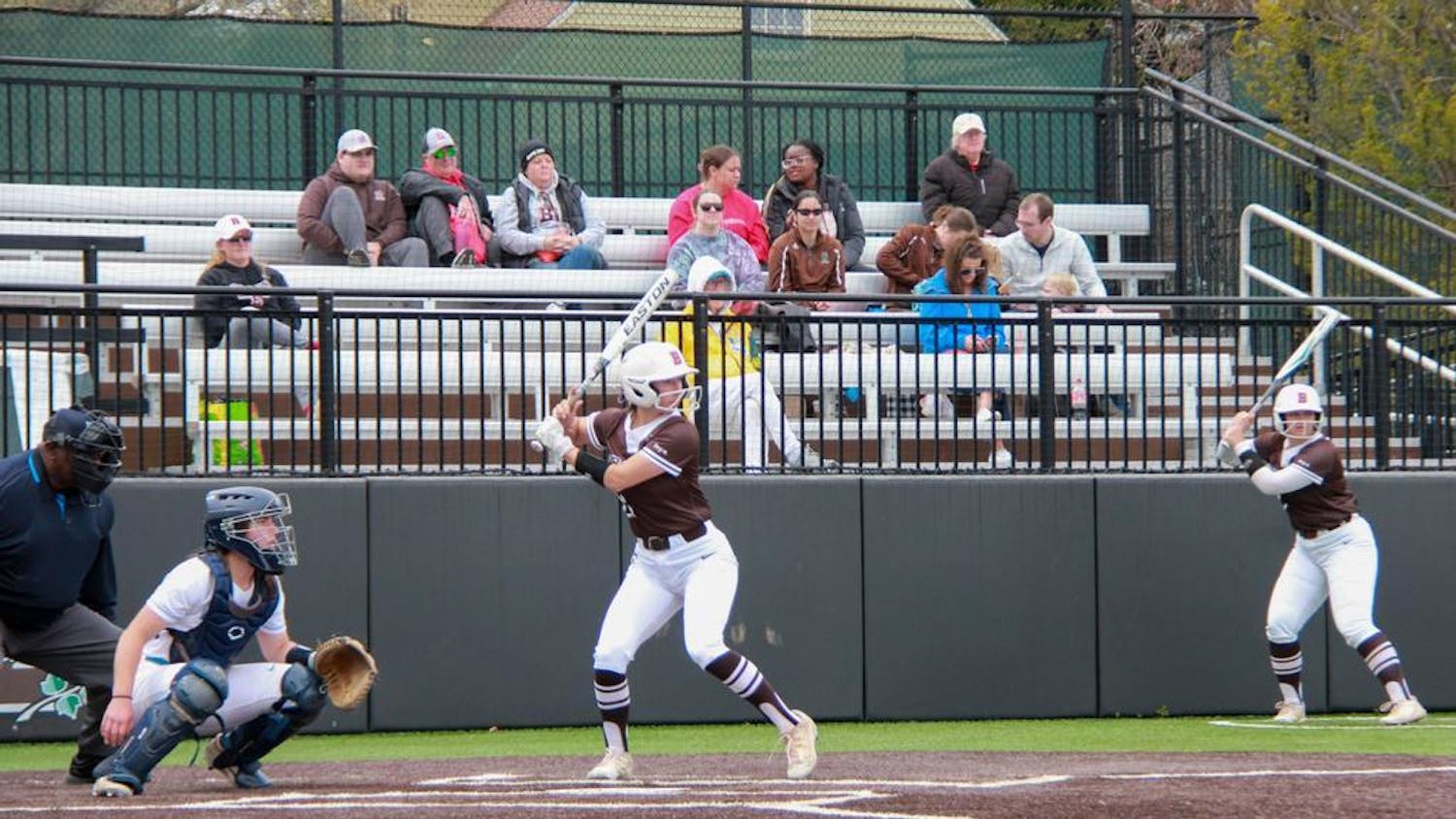It is often said that 50 percent of success is showing up. But when it comes to conventional fielding statistics in baseball, getting in good position to make the play can actually put you at a disadvantage.
Popular perceptions of defensive skill primarily revolve around one concept: the error. In a sport full of convoluted numbers and arbitrary distinctions — see the previous installments in this series — the error is one of the most intuitive statistics there is. Simply put, a fielder is charged with an “E” every time he fails to make a play he should have made. If an obvious defensive mistake — a dropped pop fly, a flubbed ground ball, a wild throw — leads to a hitter reaching base safely or a baserunner advancing, it is ruled an error. Though the designation of “E” may seem natural, keep in mind that it is an inherently subjective thing to keep track of. “It is,” the great Bill James once wrote, “without exception, the only major statistic in sports, which is a record of what an observer thinks should have been accomplished.”
When you tune into a game, the other fielding stat you’ll hear about is fielding percentage, the proportion of defensive plays a team or player successfully converts. Fielding percentage is calculated by adding up a player’s (or team’s) total outs made — putouts (balls caught, baserunners tagged and forceouts induced) plus assists (runners thrown out) — and dividing by the sum of his (or its) putouts, assists and errors committed. A perfect score (no errors committed) would be 1.000, and the top finishers usually place in the high .900s. When your local broadcaster announces that your team is “fifth in the league defensively,” that’s what he’s talking about.
The problem with fielding percentage — so obvious that even some hard-nosed baseball traditionalists will concede it — is that it assumes all fielders have the same opportunities to make plays. As Jack Nicholson’s Frank Costello said in “The Departed,” “A man makes his own way.” And anyone who has ever seen Jim Edmonds or Andruw Jones dive for a ball or watched Kenny Lofton or Torii Hunter bring back a home run knows that fielders can create their own opportunities to make plays.
This brings us back to the error. One cannot say that a fielder unambiguously should have made a play on a ball unless that fielder is first able to get to the ball. “You have to do something right to get an error,” James once wrote. A player with a high fielding percentage and a low error count need not have great defensive skills but simply “a talent for avoiding obvious failure,” as Michael Lewis put it in “Moneyball.” “The easiest way not to make an error is to be too slow to reach the ball in the first place,” Lewis wrote.
Imagine two third basemen are charged with fielding identical sets of 100 ground balls. One gets in front of all 100 of them, but 10 bounce off his glove or roll through his legs, and he loses 10 more would-be outs by making bad throws to first. The other gets to only 60 of the grounders, but he makes a clean play of each ball he gets a glove on. The numbers would make it clear that the second player is a better defender, with no errors and a perfect 1.000 fielding percentage to his peer’s 20 errors and .800 fielding percentage. But the first third baseman was far more effective — though he did not look as polished doing it, he retired 20 more batters than his counterpart thanks to his superior ability just to get to the ball.
Understanding this concept has not yet achieved the status of universal truth, but it is starting to take hold throughout baseball. For example, New York Yankees shortstop Derek Jeter (known for his vacuum-like ability to make clean plays on balls hit near him but notorious for his Derek Zoolander-like inability to get to balls hit to his left) won five Gold Gloves in seven years from 2004-10 in managers and coaches’ vote for the league’s best fielders at each position, but was unseated in 2011 by a fielder with a bigger range who had committed more errors.
The problem with overhauling defensive statistics is the lack of an obvious replacement for errors and fielding percentage. James’ first attempt at solving the puzzle was “range factor,” the number of successful plays a fielder makes per game or per nine innings. It was far from a perfect substitute — though it accounts for the opportunities they make for themselves, it also mistakenly assumes that all fielders have roughly the same chances to make plays — but it was a step in the right direction. As Lewis put it, James’ support for range factor over fielding percentage and errors left “an honest mess for others to clean up rather than a tidy lie for them to admire.”
The newest paradigm of defensive metrics, including Ultimate Zone Rating and Defensive Runs Saved, is the use of multidimensional batted ball data to model the benefits and damage a fielder provides and causes with the plays he does and does not make. Imagine a line drive hit at x velocity and y angle off the bat to z location in center field gets caught by the center fielder 60 percent of the time and results in a relative run expectancy increase of one run for the offense if it lands in the grass (don’t ask). If the center fielder makes the catch, he is credited with saving 0.4 runs (40 percent of one run, the expected value of the batted ball for the offense). If he cannot, he is said to have cost his team 0.6 runs compared to an average center fielder.
But this new family of statistics has its own issues. First and foremost, these numbers lack intuitive appeal. The concepts of expected runs and counterfactual play-making turn the game into an abstract intellectual exercise that is as off-putting for fans as it is confusing. One cannot watch a game and count UZR on a scoresheet like strikeouts or RBI. Complexity need not be a vice in the search for understanding, but such statistical modeling is unlikely to appeal to most casual audiences. Also, these metrics are notoriously inconsistent, disagreeing both with each other’s ratings over the course of a season and with their own rankings from year to year. There is still more work to be done before we get numbers on which we can confidently rely.
Compared to hitting and even pitching, quantifying fielding is still largely a mystery in the statistical world — and that’s before considering more subtle nuances like catchers’ pitch framing techniques and how defensive shifts move fielders out of their normal positions. I don’t know what the magic bullet is for fixing it, but you can’t do much worse than the ones you’ll find on the backs of baseball cards.
Due to an editing error, a previous version of this column attributed a quote to Bill James that should have been attributed to Michael Lewis.
ADVERTISEMENT




